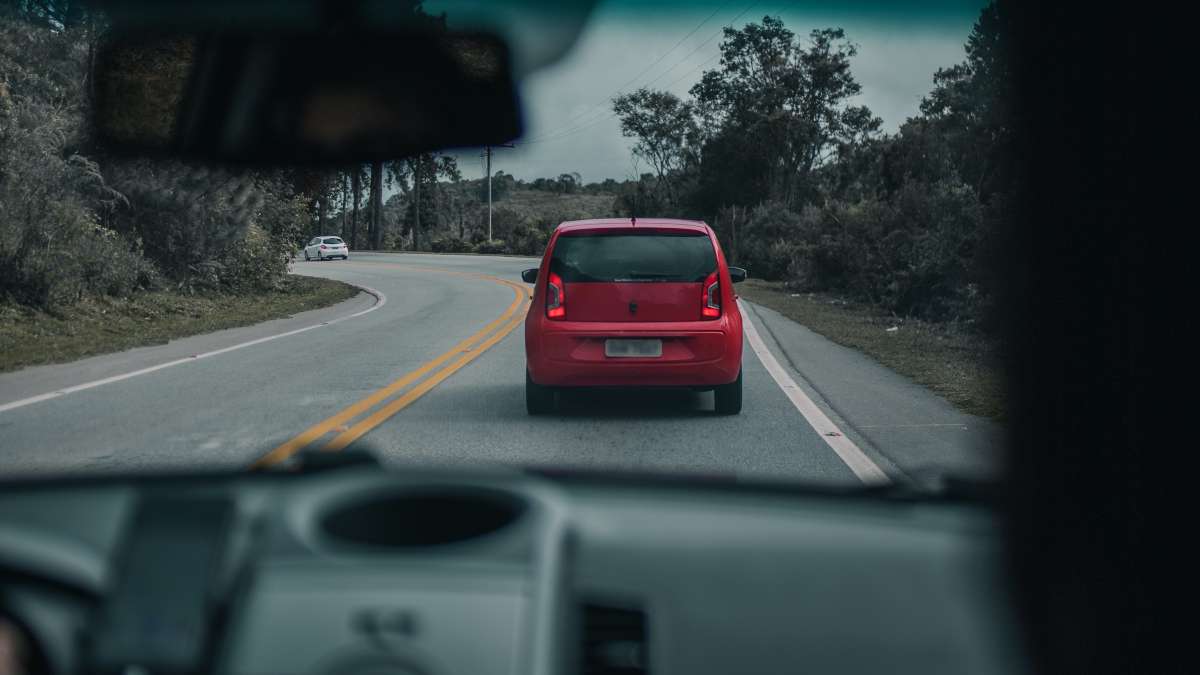
The road is, undoubtedly, a dynamic environment, where conditions can change in a matter of seconds. Even a seemingly safe road may become dangerous, due to traffic or weather conditions; or a million other reasons, for that matter. That said, as a fleet manager, you should keep your drivers safe, by educating them on proper driving behavior. To that end, you can create a brief driver safety guide, with some basic defensive driving tips they can refer to, every now and then. With time, this safety guide will greatly help you instill the right mindset in your employees.
To help you get started, we’ve compiled a list of 5 simple — but very important — driving tips that your drivers can easily apply in their daily routine.
5 Defensive driving tips for establishing and maintaining a fleet safety culture in your company
One thing to point out, before we go on with the list of defensive driving tips is that driver safety begins before your drivers get into the vehicle. What do we mean by that? Simply that you should make it a priority to plan for — and keep to — a consistent preventive fleet maintenance schedule. You need to ensure that your vehicles are kept in good operating condition, by all means; that is if you want to avoid sudden mechanical or technical issues that may lead to a road accident or serious damage and downtime.
Once you have a routine maintenance process rolling, you can use the tips below to establish and maintain a fleet safety culture in your company; and, help your employees become better drivers.
1. Always use the seatbelt
According to the NHTSA, the seatbelt is one of the most effective means of reducing serious injuries in crashes. Indeed, the seatbelt reduces fatal injuries by 45%! Yet, almost 10% of Americans still do not wear their seatbelts, for one reason or another. As a fleet manager, you don’t want your drivers to be in that percentage. Therefore, you must take note to include this tip in your guide, and urge them to buckle up when driving.
2. Check your mirrors and scan your surroundings
Another basic defensive driving tip you can offer to your drivers is to check their mirrors frequently; and, scan their surroundings at all times. They should make sure their gaze goes as far ahead, behind, and sideways as possible; just in case there is a potentially dangerous driver and vehicle, they’ll have to avoid. Equally importantly, they should keep an eye on pedestrians and animals along the road, as well.
3. Stay focused and avoid distractions
But, it’s not just checking the mirrors and scanning the surroundings. It’s also essential to keep their attention focused on the road, no matter what. A short lapse in their focus can cause an accident — followed by serious injuries and/or property damage. Besides, anything other than driving is a distraction; to name a few, checking their cell phone, lighting up a cigarette, changing the radio station, daydreaming (even for a second), eating, etc.
4. Keep a safe following distance and a safe speed
It goes without saying, keeping a safe distance from other vehicles can be lifesaving; that’s why you need to include it in your defensive driving tips guide. You can always use the 2-second rule as an example, it will certainly clear things out.
Of course, the same goes for speed. Make sure they understand that a speed higher than the legal limits, makes driving — and controlling the vehicle — much more difficult. Thus, insist that they drive within the legal speed limits; while adjusting their speed according to weather conditions.
5. Take breaks when feeling tired or drowsy
Sadly, thousands of crashes are reported annually due to driver fatigue or drowsy driving. Nonetheless, all drivers can feel tired or drowsy at some point; especially commercial drivers, who spend hours on end behind the wheel.
For this reason, you should encourage your employees to get a good night’s sleep before driving. In addition, they should take breaks to stretch their legs, when feeling tired; or take a short nap if drowsy. How’s that for a defensive driving tip? They will surely appreciate it 😄!
A few closing thoughts on defensive driving
In all truthfulness, not all accidents can be prevented; however, ensuring your fleet drivers won’t be the cause of those accidents should be a priority for you. Besides, staying safe on the road is in everyone’s best interest. Employees, on one hand, are at risk of getting seriously injured, and losing wages; employers, on the other, may lose thousands of dollars on employees’ compensation, vehicle and property repairs, etc.
Thankfully, there are many solutions you can utilize — in addition to the defensive driving tips we’ve offered in this article. For instance, you can provide your drivers with a series of defensive driving courses; in order to help them delve deeper into safe driving techniques and exercises.
What’s more, you can invest in a good vehicle management system that comes with a driver scorecards feature. This way, you’ll know your employees’ driving behavior, at any given moment. Going a step further, you can motivate your drivers by setting up a reward scheme for the ones who display safe driving habits. This will encourage everyone to adhere to your fleet safety standards, so that you can eliminate traffic accidents across your fleet.

